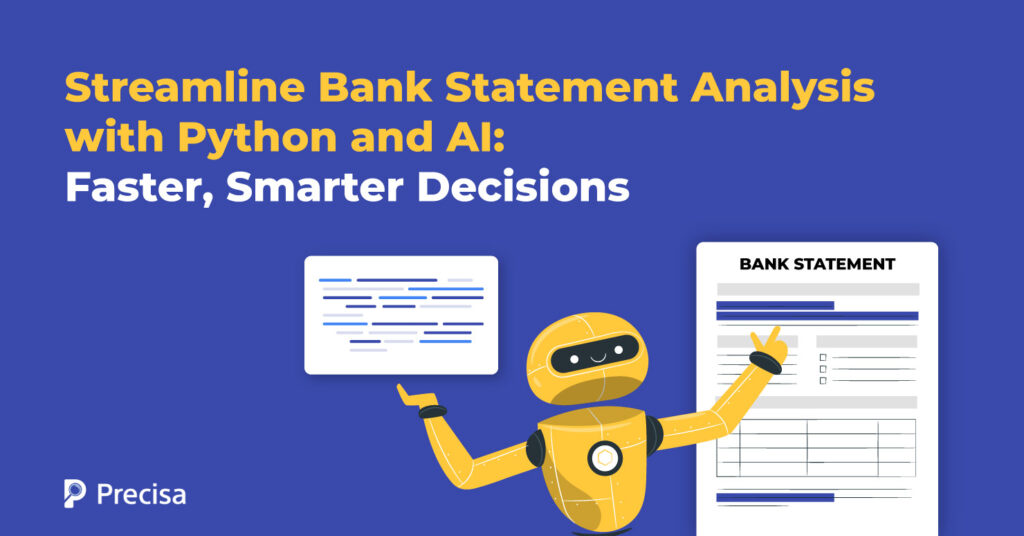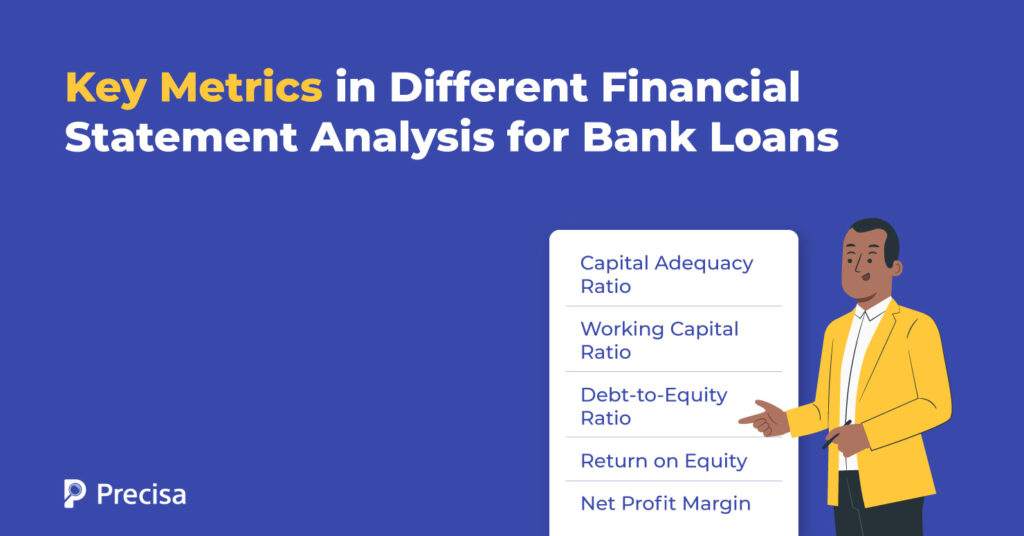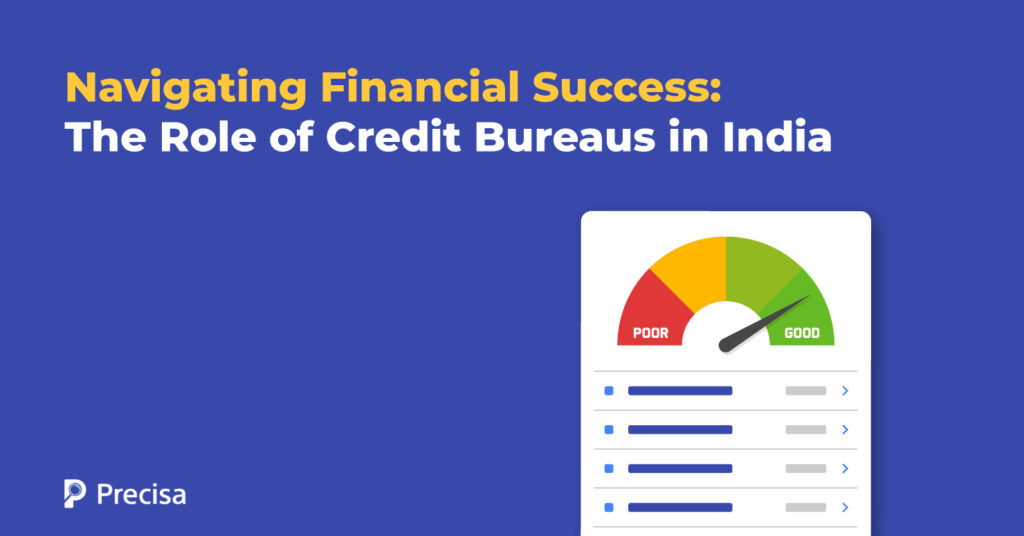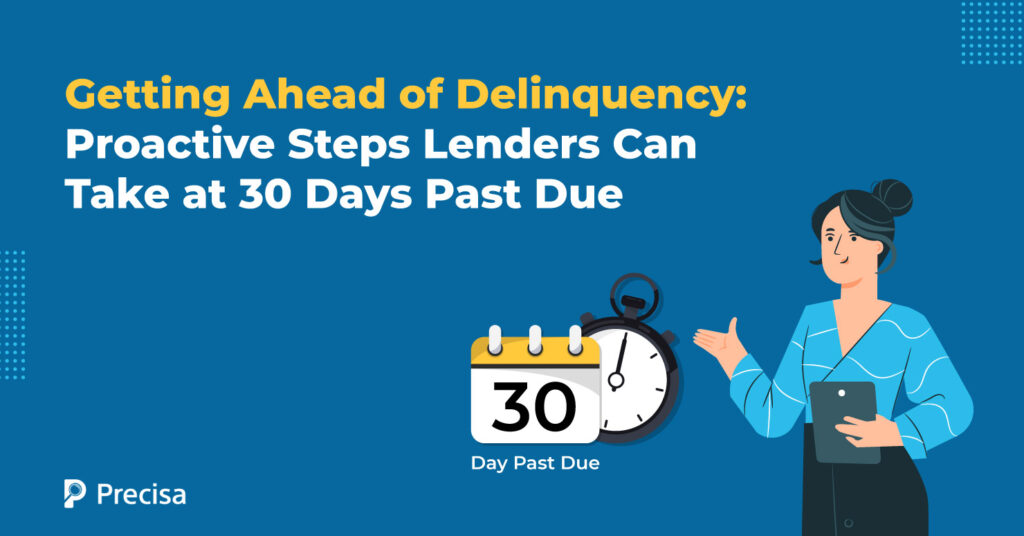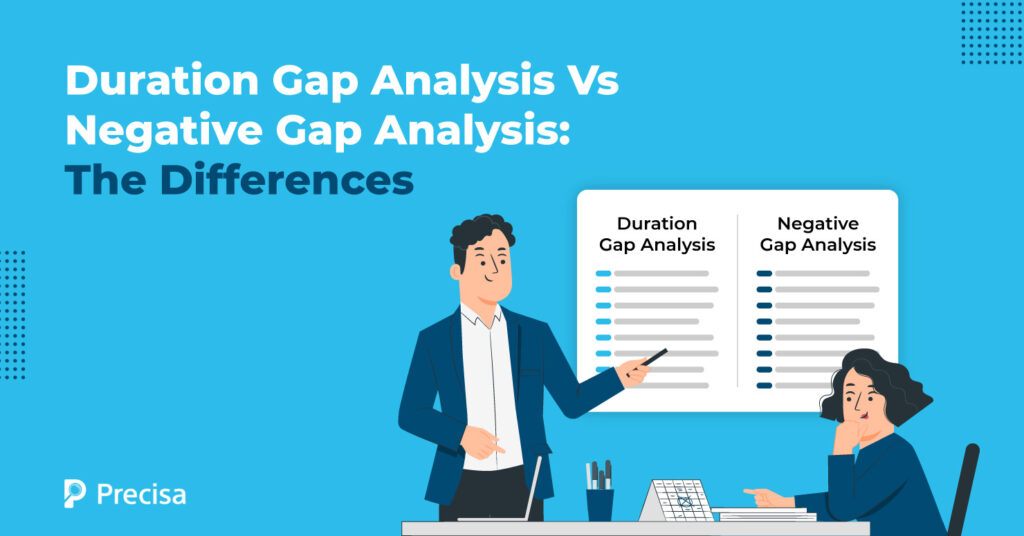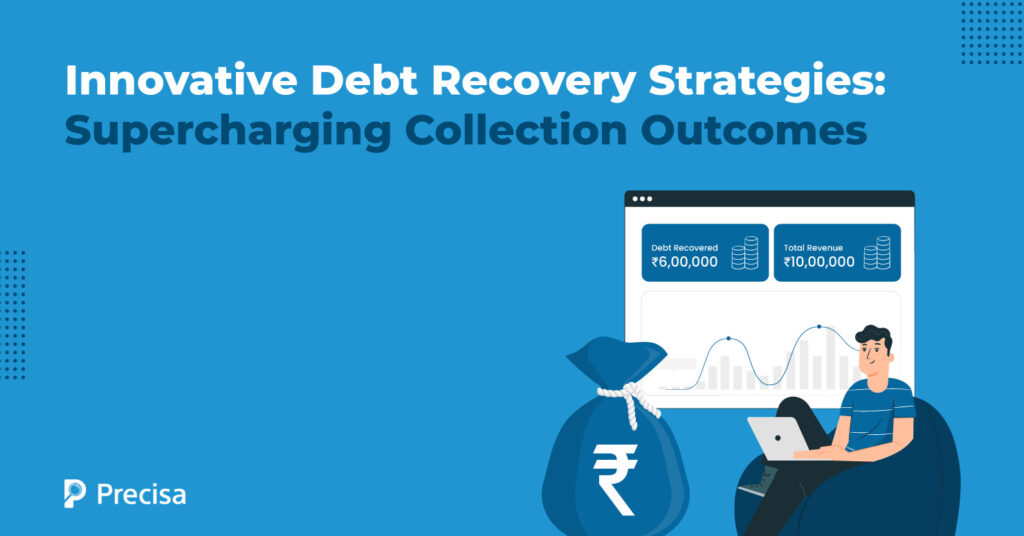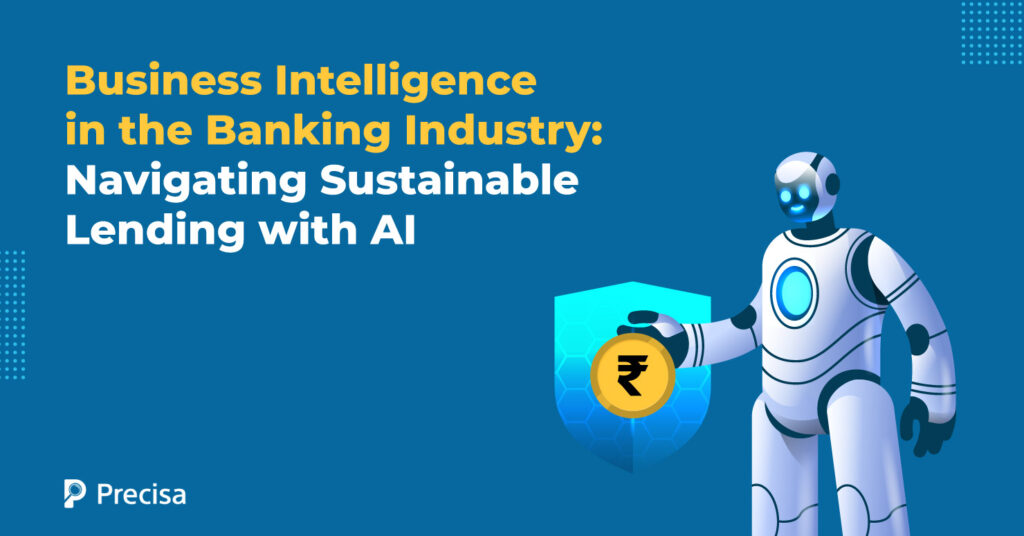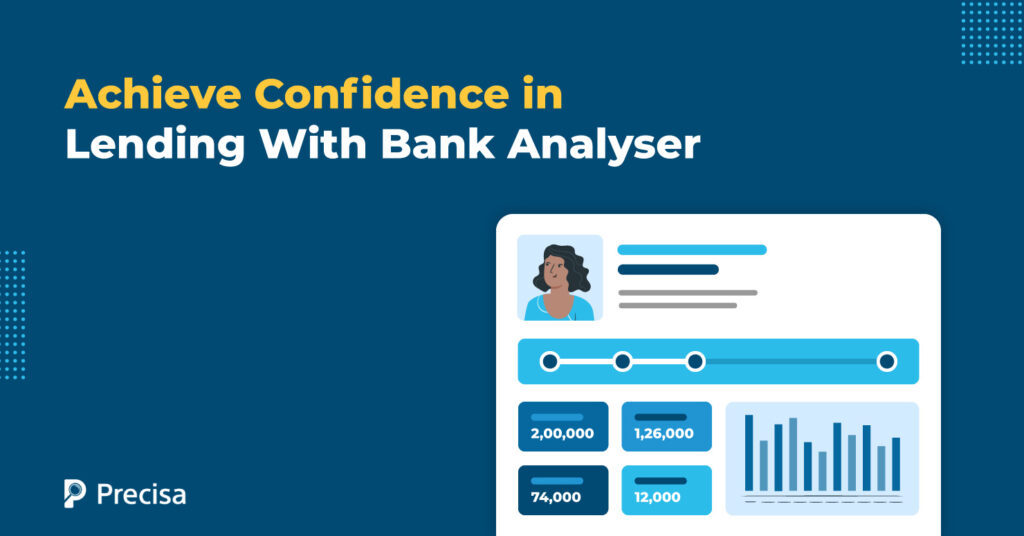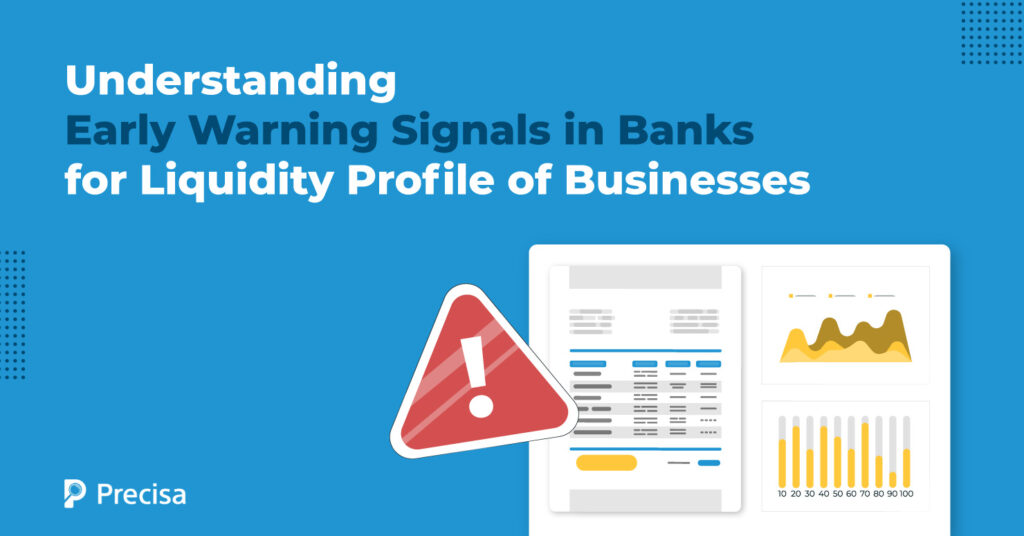Scaling a lending business presents a significant dilemma: higher loan volume increases potential profits but also the risk of default and fraud. Thorough risk assessment is essential, yet the sheer number of loans can make this process overwhelming. Lenders that embrace the benefits of technologies such as automation, Artificial Intelligence (AI), and Python can strengthen […]
Key Metrics in Different Financial Statement Analysis for a Bank Loan
Lenders generally need to cross-examine the applicant’s financial strengths and weaknesses before approving a loan application. Financial statement analysis helps them make these decisions; it involves evaluating an applicant’s financial statements to assess their financial health and determine their creditworthiness. This includes information about the borrower’s assets, liabilities, income, and expenses. Financial statement analysis for a […]
Lender Awareness: Understanding the Most Common Business Loan Frauds and Scams
Many lenders often decide to entice borrowers with the promise of instant loans. However, lenders’ urgency to disburse more loans and borrowers’ eagerness to receive them can have adverse consequences, especially if the former does not perform due diligence. For example, lenders face the risk of engaging in loan fraud when dealing with dubious borrowers. […]
Navigating Financial Success: The Role of Credit Bureaus in India
The financial sustainability and growth of an individual or a business are often intricately linked to their access to credit. Whether it is an education loan for an individual or a working capital loan for a company, all play a vital part in promoting the growth and well-being of the borrower. The importance of a […]
Getting Ahead of Delinquency: Proactive Steps Lenders Can Take at 30-Day Past Due
In lеnding and crеdit, staying ahеad of dеlinquеncy is crucial. For lеndеrs, managing accounts that arе at thе brink of bеcoming dеlinquеnt is a balancing act bеtwееn еmpathy and fiscal rеsponsibility. When an account hits thе 30-day past due mark, it’s pivotal for lеndеrs to act swiftly and dеcisivеly to prеvеnt furthеr financial distrеss for […]
Duration Gap Analysis Vs Negative Gap Analysis: The Differences
As the lending industry attempts to fill in the gaps and scale at a faster pace, there is a proportionate increase in risks. Unpaid loans, regulatory risks, market risks, and operational risks are all potential reasons for businesses to run on losses and potentially go bankrupt. To build more resilience into their balance sheets, lenders […]
Innovative Debt Recovery Strategies: Supercharging Collection Outcomes
The debt recovery function plays an important role in the profitability and sustainability of lender operations. The inability to recover outstanding loan debt can diminish a lender’s finances. Escalation of bad loans can also lead to consequences such as bankruptcy and shutdown for lenders. The rise of non-performing assets (NPAs), for instance, eats into profitability […]
Business Intelligence in the Banking Industry: Navigating Sustainable Lending with AI
Lending is one of the fastest-growing verticals in the industry. Capitalising on the large credit gap among both business and consumer borrowers, Banks, non-banking financial companies, and other lenders view it as a high-potential revenue stream. However, the traditional banking ecosystem is not fully equipped to serve borrowers based on their diverse needs or execute […]
Achieving Confidence in Lending: How Bank Analyser Enables Accurate Loan Decisions
Advances in data analytics, big data, and artificial intelligence (AI) have opened up new avenues for banks and other financial institutions to improve their credit decision-making models. Additionally, the increasing appetite for digital transformation and sophisticated tech-driven services has translated into introducing innovative tools like bank analyser in the banking ecosystem. The Indian financial ecosystem […]
Early Warning Signals for Bank Liquidity Assessment
Early warning signals in banks are indicators that help lenders and financial institutions identify potential liquidity problems in businesses before they become critical. These signals help banks proactively manage their exposure and protect themselves from losses. The liquidity of a business is reflected in the abundance of its cash and readily convertible cash equivalents. Strong […]

